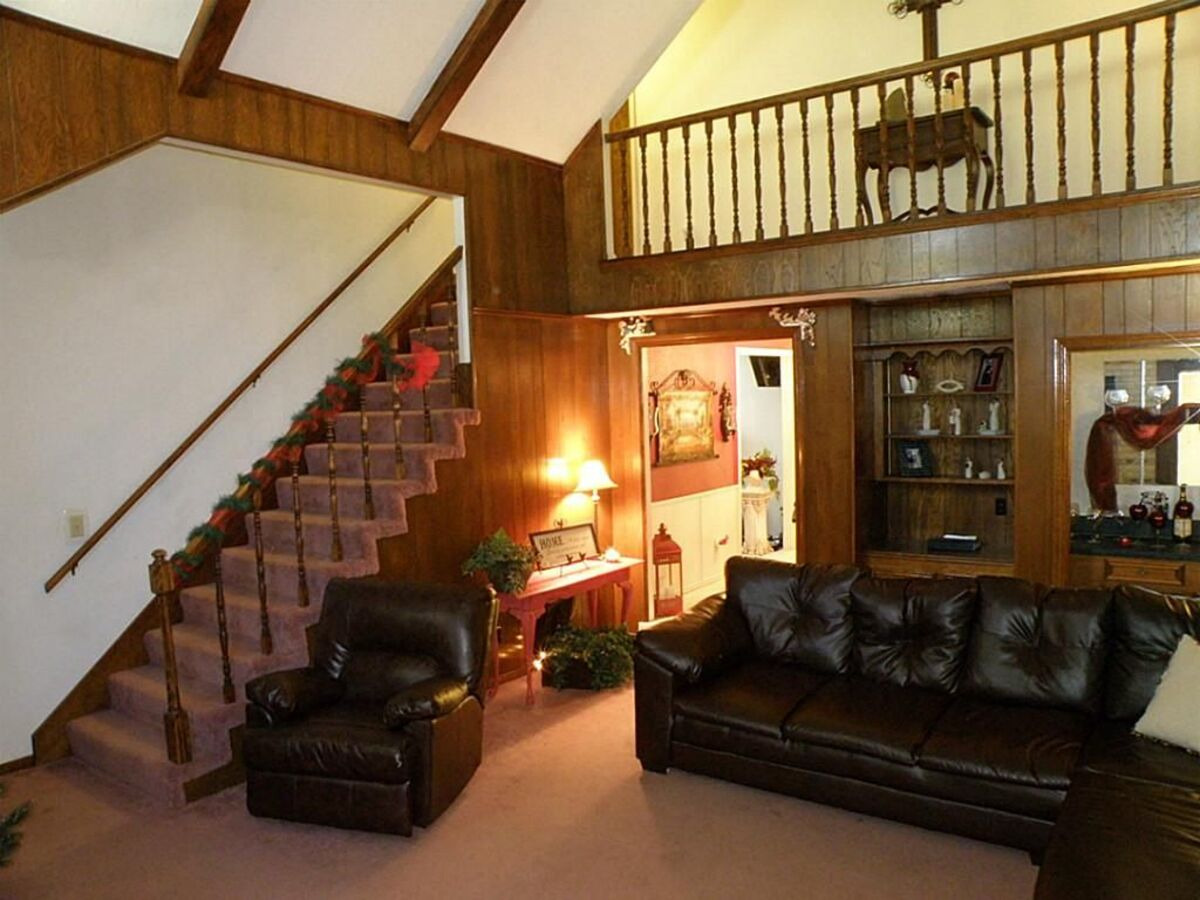

Articles
What Is An Inside Balcony Called
Modified: January 24, 2024
Discover the answer to what an inside balcony is called in this insightful article. Learn the terminology and design concepts behind this unique architectural feature.
(Many of the links in this article redirect to a specific reviewed product. Your purchase of these products through affiliate links helps to generate commission for Storables.com, at no extra cost. Learn more)
Introduction
An inside balcony, also known as a Juliet balcony or a faux balcony, is a unique architectural feature that adds charm and versatility to any building. It provides the illusion of an outdoor balcony while being enclosed within the structure of a building. This type of balcony is commonly found in apartments, hotels, and houses where there might be space restrictions or safety considerations that prevent the construction of traditional outdoor balconies.
Inside balconies are typically located on the upper floors of a building and have a railing or balustrade that acts as a barrier. Although they may not offer the same outdoor experience as a traditional balcony, they still provide a sense of connection to the outdoors and offer several benefits that make them a popular choice among homeowners and architects.
In this article, we will explore the definition of an inside balcony, the different types available, the benefits they offer, design ideas to make the most of your inside balcony, safety precautions to consider, and a comparison between inside and outside balconies. We will also touch upon the regulations and building codes associated with the construction and use of inside balconies.
So, whether you are considering adding an inside balcony to your home or you simply want to learn more about this architectural feature, read on to discover everything you need to know about inside balconies.
Key Takeaways:
- Inside balconies, also known as Juliet balconies, offer a unique connection to the outdoors within a building, maximizing space and bringing in natural light while providing privacy and security.
- From cozy lounges to vertical gardens, inside balconies provide versatile design opportunities, enhancing the aesthetics and functionality of living spaces while prioritizing safety and compliance with building codes.
Read more: What Is A Balcony Railing Called
Definition of an Inside Balcony
An inside balcony is a small platform or protrusion from the interior of a building that mimics the appearance of an outdoor balcony. It is typically made of materials such as metal, glass, or wood, and is designed to give the illusion of having an open-air space while being enclosed within the structure of the building.
Inside balconies serve as an architectural feature that enhances the visual appeal of a building while providing a practical solution in situations where traditional outdoor balconies may not be feasible. They are commonly found in urban areas where space is limited, or in buildings where safety regulations restrict the construction of full-size balconies.
The primary purpose of an inside balcony is to create a visual connection between the indoor and outdoor spaces. Whether it’s a small apartment with limited square footage or a high-rise building with safety concerns, an inside balcony offers a way to bring in natural light and fresh air while adding an element of design and functionality.
Inside balconies can be found in various architectural styles, ranging from contemporary to traditional. They can be incorporated into the façade of a building, extending outward from the structure, or they can be recessed into the interior, creating a nook or alcove that provides a unique vantage point.
Inside balconies are often designed with a balustrade or railing to ensure safety and prevent falls. The railing can be made of different materials, such as wrought iron, stainless steel, glass, or even decorative panels. This barrier not only adds to the aesthetic appeal but also acts as a protective measure, allowing residents to enjoy the view and fresh air without compromising their safety.
The size of an inside balcony can vary depending on the available space and the intended use. Some inside balconies are only wide enough to accommodate standing or provide a small seating area, while others are larger and can accommodate furniture and other amenities.
Overall, an inside balcony is a creative solution that allows occupants to enjoy the feeling of an outdoor balcony while staying within the confines of a building. It adds architectural interest and functionality to the interior space, making it a desirable feature for many homeowners and architects.
Types of Inside Balconies
Inside balconies come in various designs and styles, offering different functionalities and aesthetics. Here are some common types of inside balconies:
- Juliet Balcony: The Juliet balcony, named after the iconic balcony scene in Shakespeare’s Romeo and Juliet, is perhaps the most well-known type of inside balcony. It is a small, shallow balcony that protrudes from the building’s façade and typically features a decorative railing. Juliet balconies are primarily ornamental, providing a charming addition to the exterior of a building while allowing windows to be opened for fresh air and natural light.
- Recessed Balcony: Unlike a Juliet balcony, a recessed balcony is set back into the building’s interior, creating a small alcove or nook. This type of inside balcony provides a cozy space that offers privacy and a unique vantage point. It is often used as a reading corner, a place to enjoy a cup of coffee, or a spot to showcase plants or artwork.
- Terrace-style Balcony: A terrace-style inside balcony is larger in size and offers more space for seating, dining, or entertaining. It is typically located on the upper floors of a building and extends outward from the structure, providing an elevated platform that overlooks the surrounding area. Terrace-style balconies often feature comfortable furniture, potted plants, and may even include amenities such as a grill or a small outdoor fireplace.
- Enclosed Balcony: Enclosed inside balconies, also known as four-season balconies or sunrooms, are enclosed with large windows or glass walls. This type of inside balcony provides an extended living space that can be enjoyed year-round, regardless of the weather. Enclosed balconies are often insulated and equipped with heating and cooling systems, allowing residents to experience the outdoors while remaining protected from the elements.
- Suspended Balcony: A suspended balcony is a unique type of inside balcony that creates the illusion of floating in mid-air. It is typically attached to the building using cables or rods, giving it a visually stunning and modern appearance. Suspended balconies are often made of materials like glass or metal, allowing for unobstructed views and a sense of openness.
These are just a few examples of the different types of inside balconies available. Each type offers its own unique features and benefits, allowing homeowners and architects to choose a style that best suits their needs and preferences. Whether you prefer a small decorative balcony or a spacious terrace, there is an inside balcony design to enhance the aesthetics and functionality of your living space.
Benefits of Having an Inside Balcony
Having an inside balcony offers several advantages that make it a desirable feature for homeowners and architects alike. Here are some key benefits of having an inside balcony:
- Maximizing Space: Inside balconies are an excellent solution for space-constrained areas, such as apartments or urban dwellings. They provide the illusion of an outdoor space without the need for a large footprint. Inside balconies make use of vertical space, allowing residents to enjoy the benefits of a balcony without sacrificing valuable square footage.
- Bringing in Natural Light: Inside balconies can help bring natural light into the interior of a building. By having an open area with access to windows or doors, the balcony allows sunlight to filter into the surrounding rooms, brightening up the space and creating a warm and inviting atmosphere.
- Connecting with Outdoors: Although inside balconies are enclosed within the structure of a building, they still offer a connection to the outdoors. They provide residents with a space to enjoy fresh air, take in scenic views, and feel connected to nature. This connection to the outdoors can have a positive impact on mood, well-being, and overall enjoyment of the living space.
- Enhancing Property Value: Having an inside balcony can enhance the value of a property. Potential buyers are often attracted to properties that offer unique architectural features and functional spaces. An inside balcony can set a property apart from others on the market, making it more appealing and potentially increasing its resale value.
- Design Flexibility: Inside balconies offer great design flexibility, allowing homeowners to customize the space according to their preferences and needs. Whether it is creating a cozy reading nook, setting up a small dining area, or adding plants and decor, inside balconies can be transformed into versatile and personalized spaces that reflect the homeowner’s style.
- Privacy and Safety: Inside balconies provide a level of privacy and security, especially when compared to traditional outdoor balconies. They can be designed with secure railings or balustrades, ensuring the safety of residents, particularly those with young children or pets. Additionally, inside balconies offer a sense of privacy, allowing residents to enjoy the benefits of an outdoor space without being fully exposed to their neighbors or the street below.
- Weather Protection: With an enclosed inside balcony, residents can enjoy the benefits of an outdoor space regardless of the weather conditions. Enclosed balconies provide protection from rain, wind, and even extreme temperatures, allowing occupants to enjoy the view and experience a sense of being outdoors all year round.
Overall, having an inside balcony offers a range of benefits, from maximizing space and increasing property value to bringing in natural light and providing a connection to the outdoors. Whether it is for relaxation, entertainment, or simply to enhance the aesthetics of a building, an inside balcony is a versatile feature that adds both practicality and beauty to any living space.
Design Ideas for Inside Balconies
Inside balconies offer a unique opportunity to create a functional and visually appealing space within a building. Here are some design ideas to help you make the most of your inside balcony:
- Cozy Lounge Area: Create a cozy seating area on your inside balcony by incorporating comfortable chairs, cushions, and throws. Add a small side table for placing drinks or books, and decorate the space with plants or hanging baskets to bring a touch of nature indoors. This design idea is perfect for creating a relaxing spot to enjoy a cup of coffee or to curl up with a good book.
- Outdoor Dining Experience: Transform your inside balcony into an intimate dining area by adding a small table and chairs. Opt for compact outdoor furniture that is suitable for smaller spaces. Consider using bistro-style furniture or a foldable table and chairs for easy storage when not in use. Use string lights or lanterns to create a cozy ambience for evening meals or entertaining guests.
- Vertical Garden: Utilize the vertical space on your inside balcony by creating a vertical garden. Install wall-mounted planters or hanging baskets to grow a variety of plants and flowers. This not only adds a touch of greenery but also enhances the visual appeal of the balcony. Choose plants that thrive in indoor conditions and require minimal maintenance, such as succulents, ferns, or herbs.
- Home Office: If you’re short on space inside your home, consider converting your inside balcony into a home office. Place a desk, chair, and storage units to create a functional workspace. Ensure that you have adequate lighting and consider using curtains or blinds to control the amount of natural light entering the space. Personalize the area with inspiring artwork and decoration to make it a productive and cozy work environment.
- Art or Display Gallery: Showcase your artwork or personal collections on your inside balcony to create a mini gallery. Install shelves or display cabinets to exhibit photographs, sculptures, or treasured items. Use proper lighting techniques, such as spotlights or track lighting, to highlight the individual pieces. This design idea not only adds visual interest but also allows you to appreciate and enjoy your favorite art or memorabilia.
- Exercise Area: Turn your inside balcony into a dedicated exercise area by placing a yoga mat, exercise equipment, or a stationary bike. Install a full-length mirror to enhance the feeling of space and to check your form during workouts. Add motivational quotes or create a wall collage of fitness inspiration to keep you motivated. This design idea allows you to stay fit and active within the comfort of your own home.
- Reading Nook: Transform your inside balcony into a cozy reading nook by adding a comfortable chair or a daybed with plush cushions. Install shelves or a bookcase to store your favorite books, creating a mini library. Use soft lighting and incorporate a side table or a small bookshelf for convenience. This design idea provides a peaceful retreat for reading and relaxation.
These design ideas are just a starting point to inspire your creativity when it comes to making the most of your inside balcony. Tailor the space to your personal preferences and needs, taking into consideration the size and layout of the balcony. Your inside balcony can become a versatile and enjoyable space that adds both functionality and charm to your home.
An inside balcony is commonly referred to as a Juliet balcony. This type of balcony is typically small and does not protrude from the building.
Read more: What Is Balcony
Inside Balcony Safety Precautions
While inside balconies can be a beautiful addition to any building, it is important to ensure the safety of occupants, especially when designing and using these spaces. Here are some essential safety precautions to consider for inside balconies:
- Railing Height and Design: The railing or balustrade on an inside balcony should be designed and installed in accordance with local building codes and regulations. The height of the railing should be sufficient to prevent falls and ensure the safety of occupants, typically at least 36 inches (91 cm) high. Choose a sturdy railing material and design that can withstand the weight and pressure of leaning or accidental impacts.
- Proper Maintenance and Inspections: Regularly inspect your inside balcony for any signs of damage, such as loose or deteriorating railing, cracked flooring, or faulty connections. Perform routine maintenance to ensure that all components, including railing fasteners and flooring, are in good condition. Promptly address any identified issues to prevent accidents or injuries.
- Safe Load Capacity: Inside balconies should be designed to support the weight they are intended to bear, including any furniture, plants, or other items placed on them. Be mindful of the load capacity specified for the balcony and avoid exceeding it. Distribute the weight evenly across the balcony to maintain stability and prevent overloading.
- Safe Furniture and Decor: When choosing furniture or decor for your inside balcony, ensure that they are safe and suitable for the space. Avoid placing heavy or oversized furniture that could create an imbalance or obstruct movement on the balcony. Select items that are stable, sturdy, and resistant to outdoor elements, especially if the balcony is partially exposed to the elements.
- Secure Flooring: The flooring of an inside balcony should be secure and slip-resistant to prevent accidents. Choose flooring materials that provide good traction, especially when wet. Regularly clean and maintain the flooring to remove any debris or substances that could cause slips or trips.
- Childproofing and Pet Safety: If you have children or pets, take additional safety precautions to ensure their well-being on the inside balcony. Install childproof locks or gates to restrict access to the balcony when unsupervised. Consider using durable and secure pet gates or screens to prevent animals from falling or getting into unsafe areas. Supervise children and pets closely when using the inside balcony.
- Weather Considerations: If your inside balcony is partially open to the elements, consider weather-specific safety measures. Install weather-resistant materials, such as corrosion-resistant balustrades and flooring, to improve durability and prevent damage. Be aware of potential hazards during extreme weather conditions, such as high winds or heavy rainfall, and take appropriate precautions to secure loose objects or close off the balcony if necessary.
It is crucial to consult with a professional architect or engineer to ensure that your inside balcony meets all necessary safety standards and local building codes. Always prioritize the safety of occupants and take proactive measures to maintain a secure and functional inside balcony.
Inside Balcony vs Outside Balcony Comparison
Inside balconies and outside balconies each offer their own unique advantages and considerations. Here is a comparison between the two:
- Location: Inside balconies are located within the interior of a building, while outside balconies are attached to the exterior of the building. Inside balconies are typically found on upper floors, while outside balconies can be located on any level of a building.
- Space: Inside balconies are often smaller in size compared to outside balconies due to space restrictions within the building. Outside balconies generally offer more square footage and are more suitable for larger gatherings or outdoor activities.
- Privacy: Inside balconies provide a higher level of privacy compared to outside balconies, as they are enclosed within the building structure. Outside balconies are more exposed to the surrounding environment and neighboring properties.
- Connection to the Outdoors: Although inside balconies are enclosed, they still offer a visual connection to the outdoors and allow natural light to filter into the interior space. Outside balconies provide a direct connection to the outdoor environment, allowing for unobstructed views and a more immersive outdoor experience.
- Weather Conditions: Inside balconies are protected from the elements, making them usable throughout the year. They offer a suitable space for enjoying the outdoors even during inclement weather. Outside balconies are more exposed to weather variations, which may limit their use depending on the climate.
- Safety: Inside balconies generally offer a higher level of safety compared to outside balconies. They are enclosed and have secure railings or balustrades, minimizing the risk of falls. Outside balconies may require additional safety measures, such as higher railings or childproofing, especially if they are located at higher levels or have open edges.
- Maintenance: Inside balconies require less maintenance compared to outside balconies, as they are protected from weather elements like rain, wind, and UV exposure. Outside balconies may require regular cleaning, staining, or sealing to maintain their appearance and structural integrity.
- Aesthetics: Inside balconies offer a unique architectural feature that can enhance the interior space of a building. They can be designed to match the overall design and style of the interior. Outside balconies contribute to the exterior aesthetics of a building and can provide a focal point or added character to its facade.
- Functional Use: Inside balconies are versatile and can be designed for various purposes such as relaxation, reading, or dining. While outside balconies also offer functional use, they are more suitable for activities like gardening, hosting gatherings, or enjoying panoramic views.
When choosing between an inside balcony and an outside balcony, consider factors such as location, privacy, weather considerations, safety, and intended use. Both options have their own merits and drawbacks, and the choice will depend on individual preferences, lifestyle, and specific building constraints.
Inside Balcony Regulations and Building Codes
When constructing or renovating inside balconies, it is essential to adhere to building codes and regulations to ensure the safety and compliance of the structure. Here are some important considerations regarding inside balcony regulations and building codes:
- Local Building Codes: Building codes regarding inside balconies can vary from one jurisdiction to another. It is crucial to consult with local building authorities or professionals such as architects and engineers to ensure compliance with specific regulations in your area. Building codes may cover aspects such as minimum railing height, maximum load capacity, fire safety measures, and emergency egress requirements.
- Railing Height and Design: Inside balcony railing height requirements are typically established by building codes and are intended to prevent falls and ensure the safety of occupants. The minimum railing height is commonly set at 36 inches (91 cm) from the finished floor surface. The design of the railing should also be specified in accordance with local regulations, ensuring that it meets the required strength and structural integrity standards.
- Material and Construction: Building codes may specify the type of materials and construction methods approved for inside balconies. This includes the flooring, walls, and structural components of the balcony. Compliance with fire resistance, load-bearing capacity, and durability standards is vital to ensure the safety and longevity of the structure. Materials such as glass, metal, or wood used for the balcony should meet the required standards specified in the building code.
- Accessibility: Accessibility considerations may be applicable to inside balconies depending on the building type and local regulations. Building codes may require inside balconies to meet specific accessibility requirements, such as providing an accessible route, ramps, or elevators to access the balcony. This ensures that individuals with disabilities have equal access to enjoy the inside balcony.
- Emergency Egress: Inside balconies may need to comply with emergency egress requirements to ensure the safe evacuation of occupants in case of an emergency. Building codes may specify the placement and size of doors, windows, or other means of egress from the inside balcony. It is important to follow these requirements to facilitate the safe evacuation and movement of occupants during emergency situations.
- Permitting and Inspections: Before constructing or renovating an inside balcony, it is crucial to obtain the necessary permits from local building authorities. Building inspectors will examine the structure at various stages of construction to ensure compliance with building codes and regulations. It is important to cooperate with inspections and address any deficiencies promptly to ensure the safety and legal compliance of the inside balcony.
It is highly recommended to work with professionals, such as architects or engineers, who are knowledgeable about the local building codes and regulations. They can provide guidance and ensure that the inside balcony design and construction meet all required standards. By following building codes and regulations, you can create an inside balcony that not only enhances the aesthetics of your building but also provides a safe and compliant space for occupants to enjoy.
Conclusion
Inside balconies, also known as Juliet balconies or faux balconies, are a captivating architectural feature that brings charm and versatility to any building. While they may not offer the same outdoor experience as traditional balconies, inside balconies provide a unique connection to the outdoors within the confines of a building. They offer several benefits, including maximizing space, bringing in natural light, enhancing property value, and providing a sense of privacy and security.
Inside balconies come in various types, including Juliet balconies, recessed balconies, terrace-style balconies, enclosed balconies, and suspended balconies. Each type offers its own design possibilities and functionality, allowing homeowners and architects to customize the space to suit their needs and preferences.
When designing and using inside balconies, safety is paramount. Adhering to building codes and regulations is crucial to ensure the structural integrity and safety of the balcony. Factors such as railing height, material and construction standards, and accessibility requirements should be considered when creating an inside balcony.
Whether you want to create a cozy lounge area, an outdoor dining experience, or incorporate a vertical garden, inside balconies offer versatility in design and functionality. They provide an opportunity to create a personalized space within the building, adding both aesthetics and practicality to your living space.
In conclusion, inside balconies are a wonderful architectural feature that allows homeowners to enjoy the benefits of an outdoor balcony within the interior of a building. They offer a connection to the outdoors, maximize space, and provide opportunities for personalization and functionality. By following safety regulations and incorporating creative design ideas, an inside balcony can become a unique and inviting space that enhances your living experience.
Frequently Asked Questions about What Is An Inside Balcony Called
Was this page helpful?
At Storables.com, we guarantee accurate and reliable information. Our content, validated by Expert Board Contributors, is crafted following stringent Editorial Policies. We're committed to providing you with well-researched, expert-backed insights for all your informational needs.
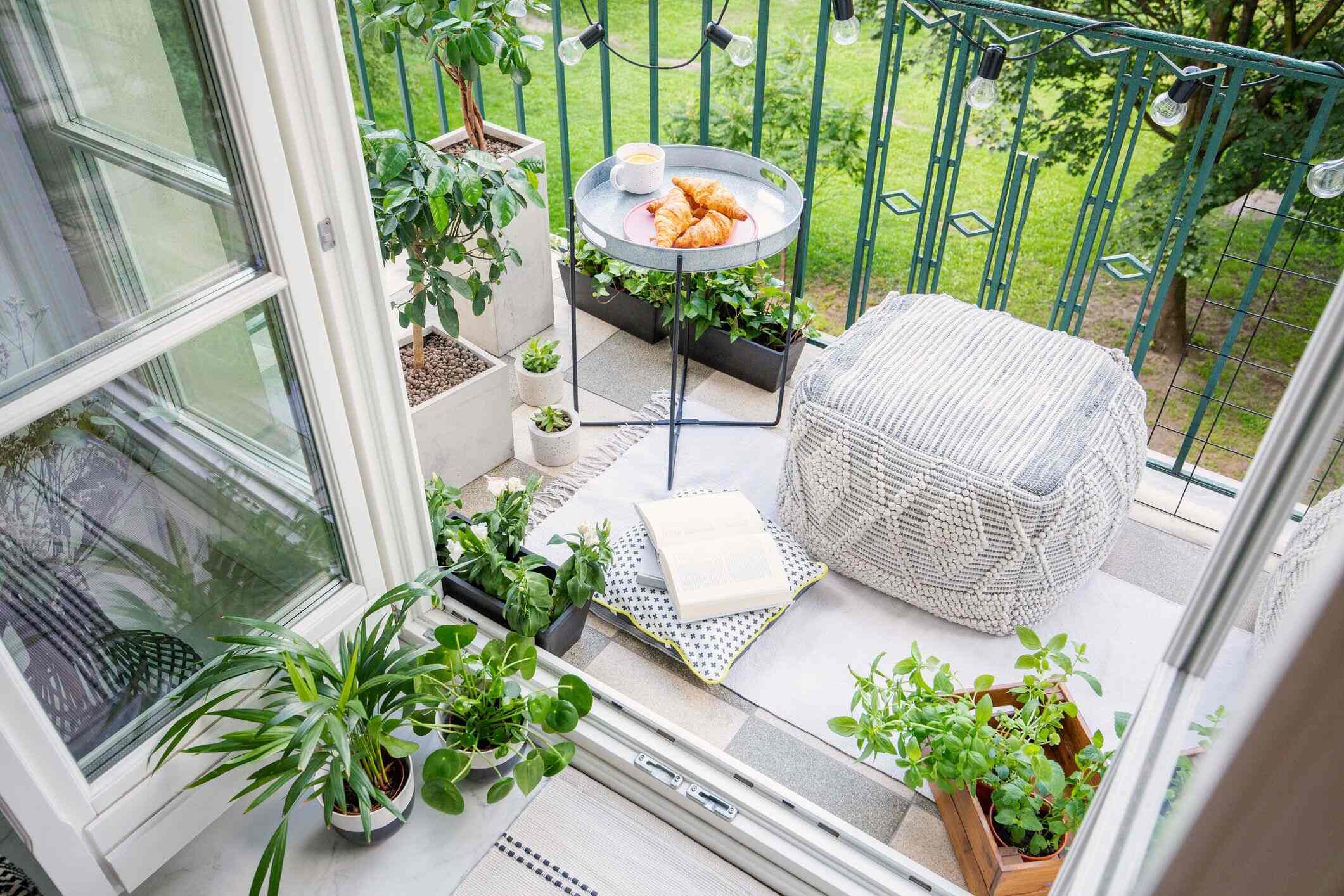
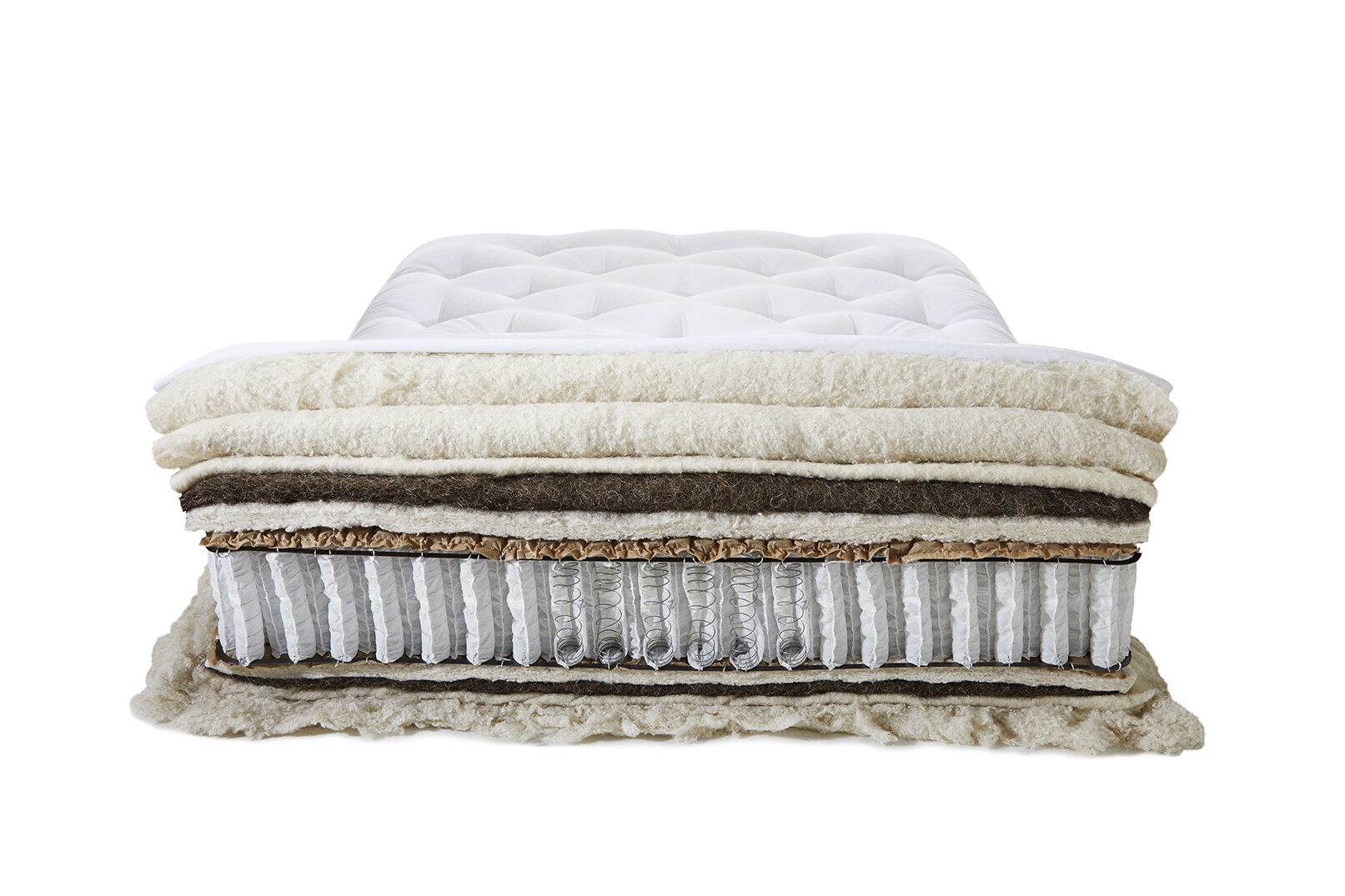
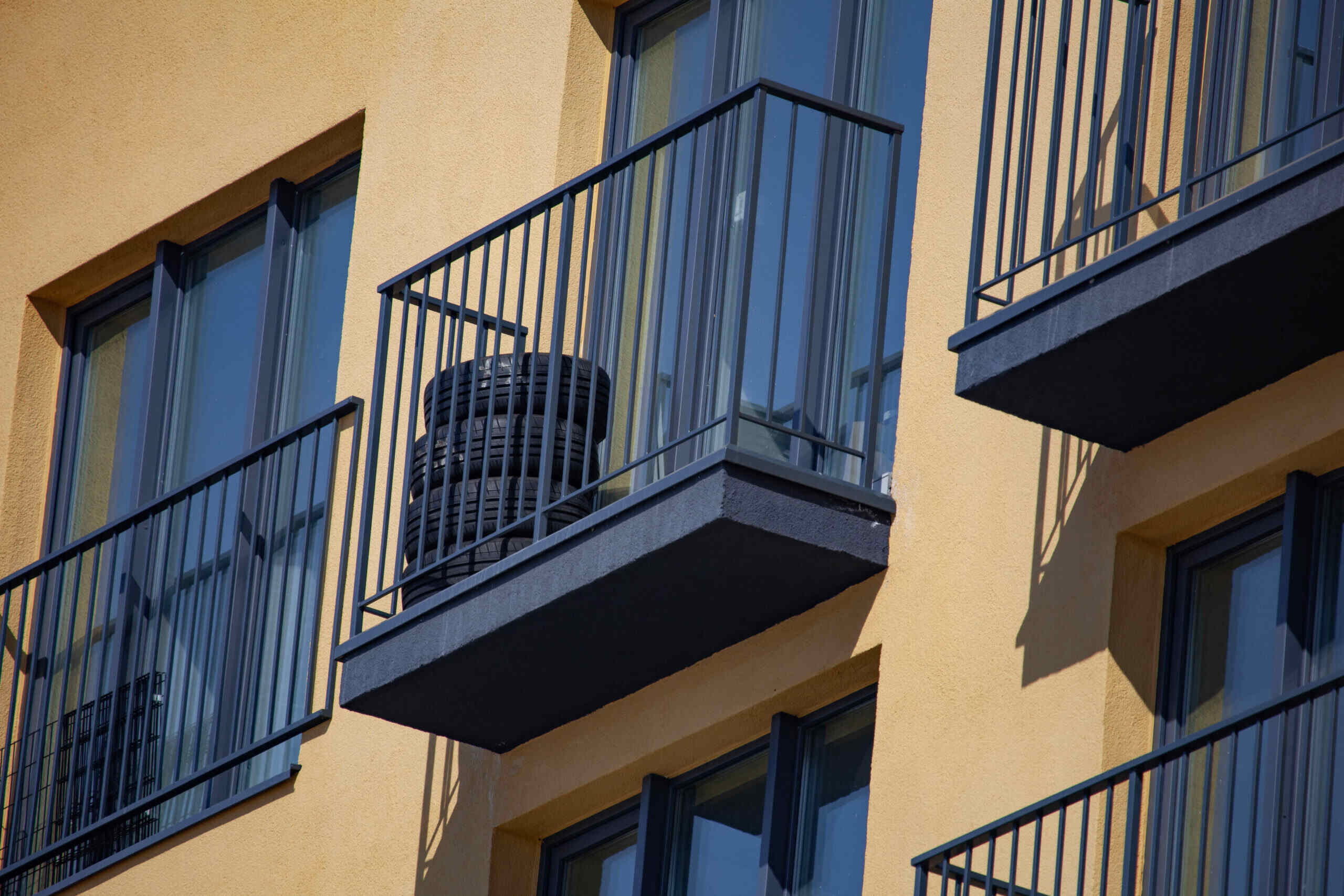
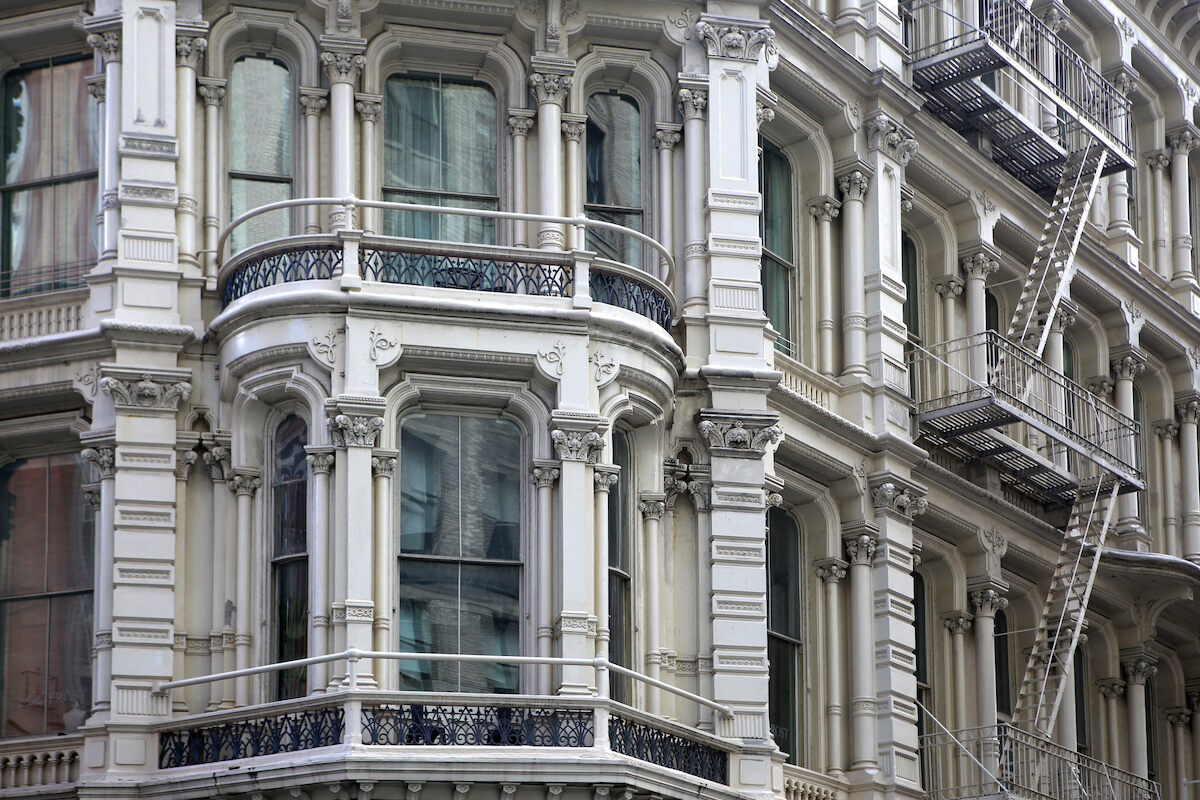
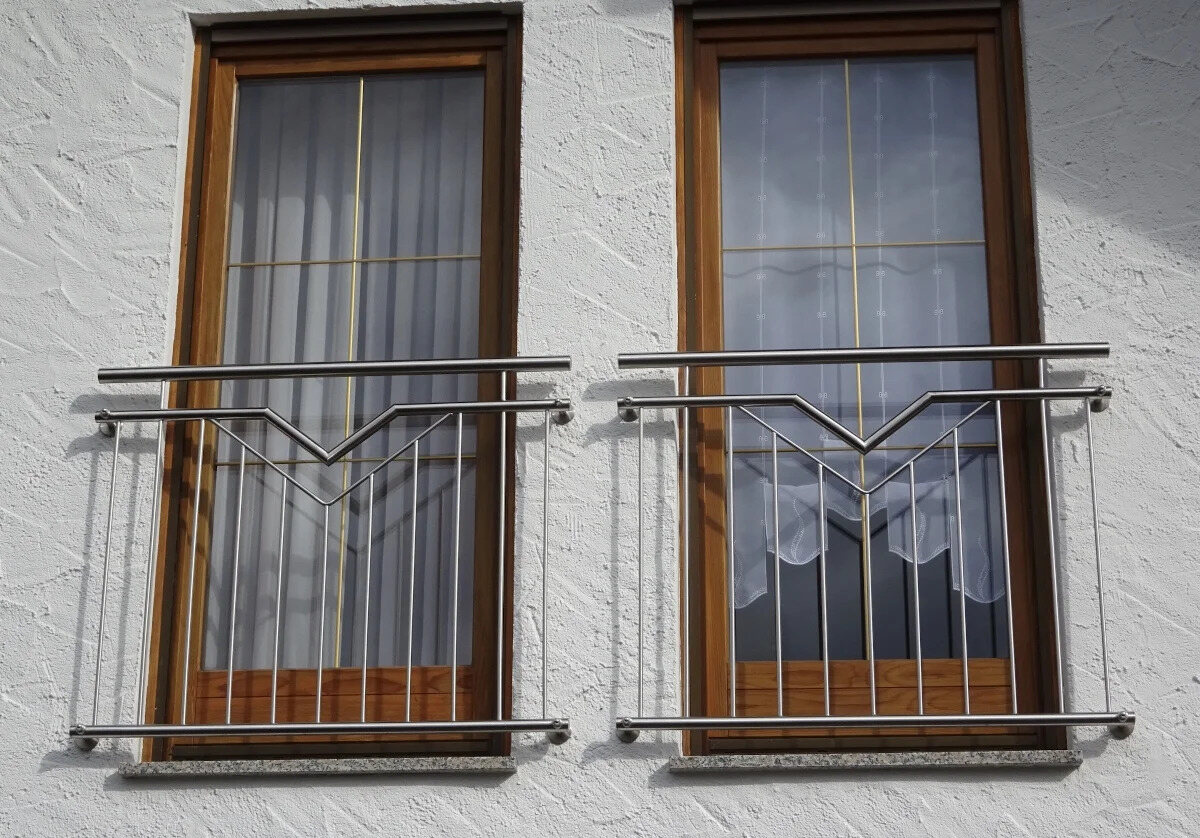
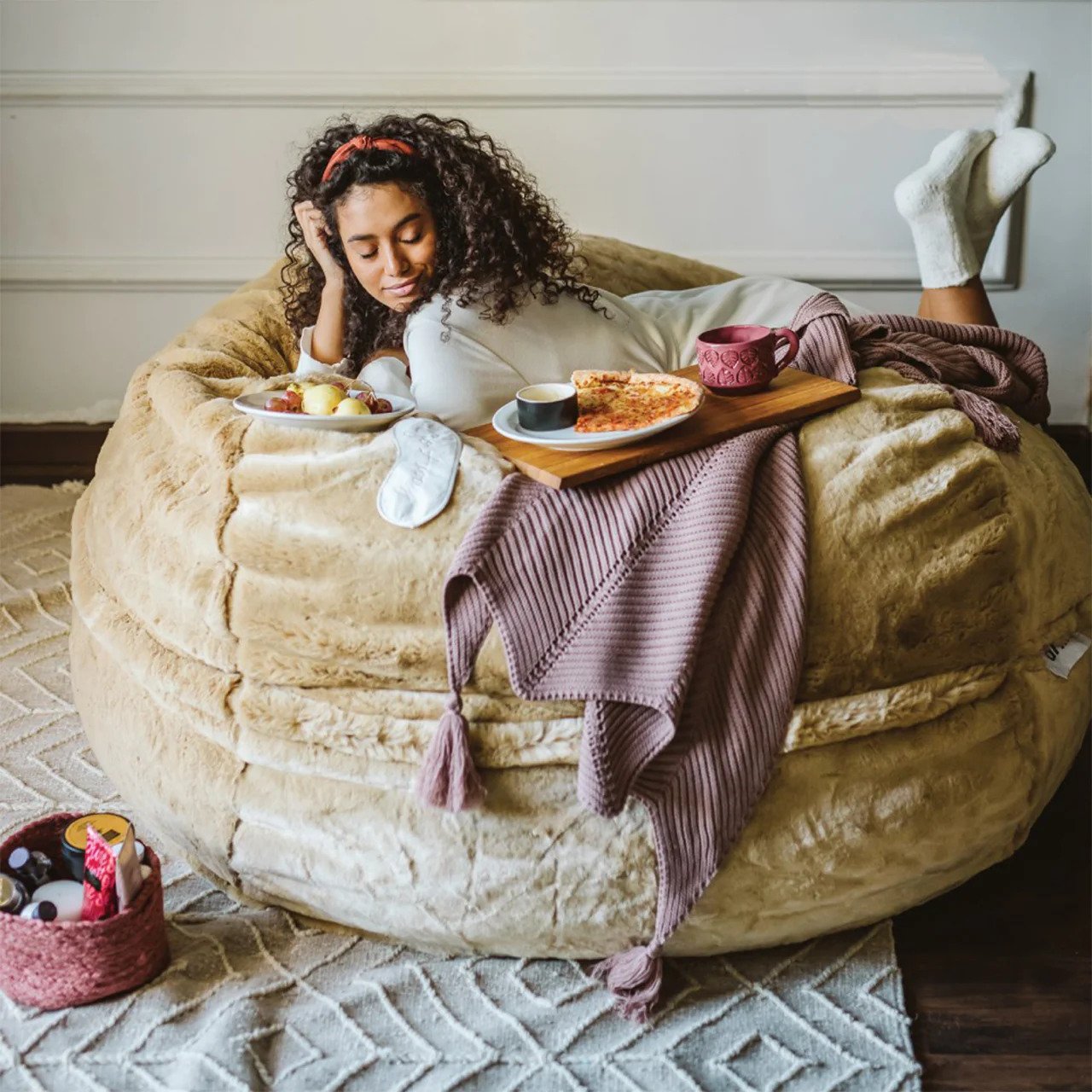
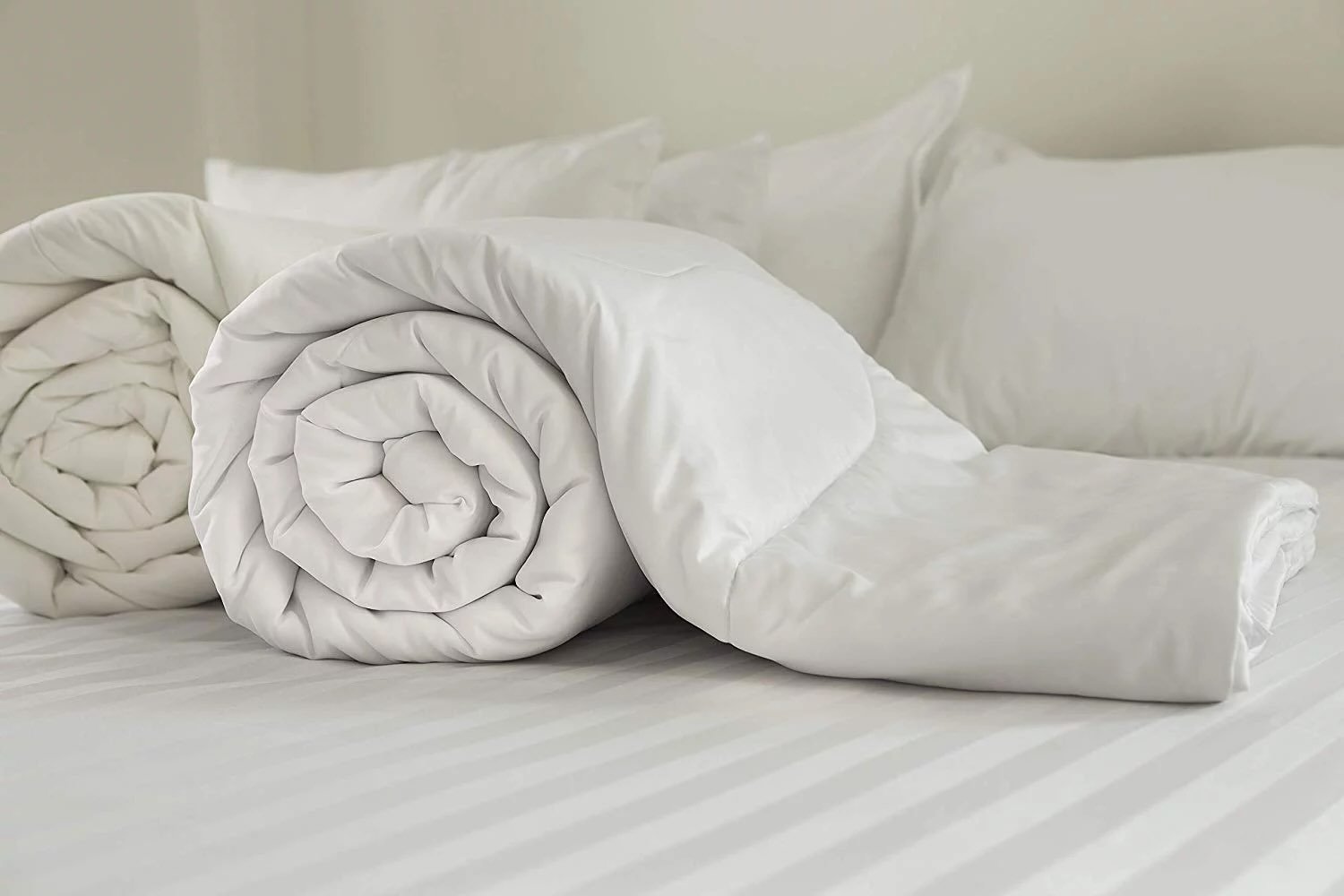
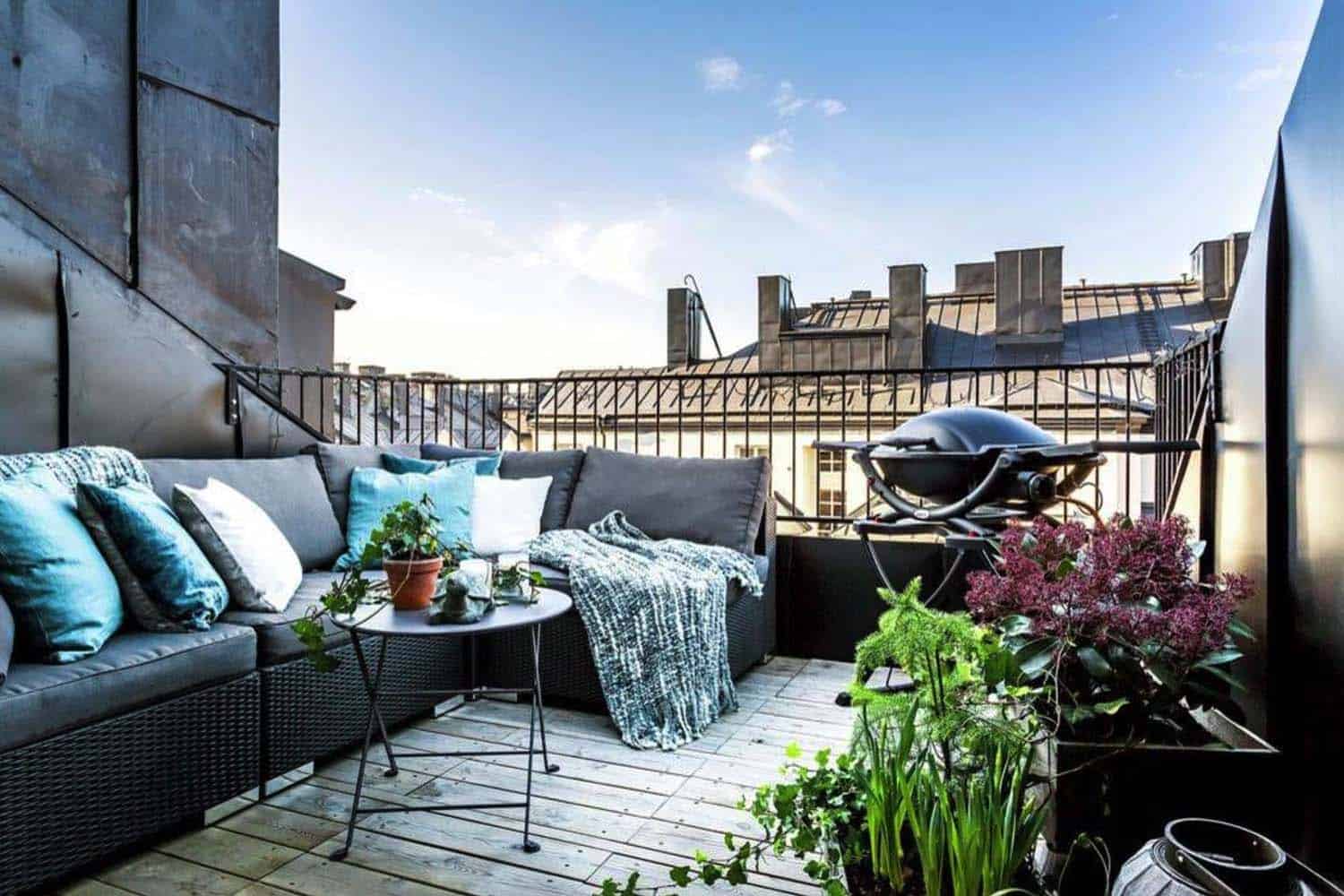
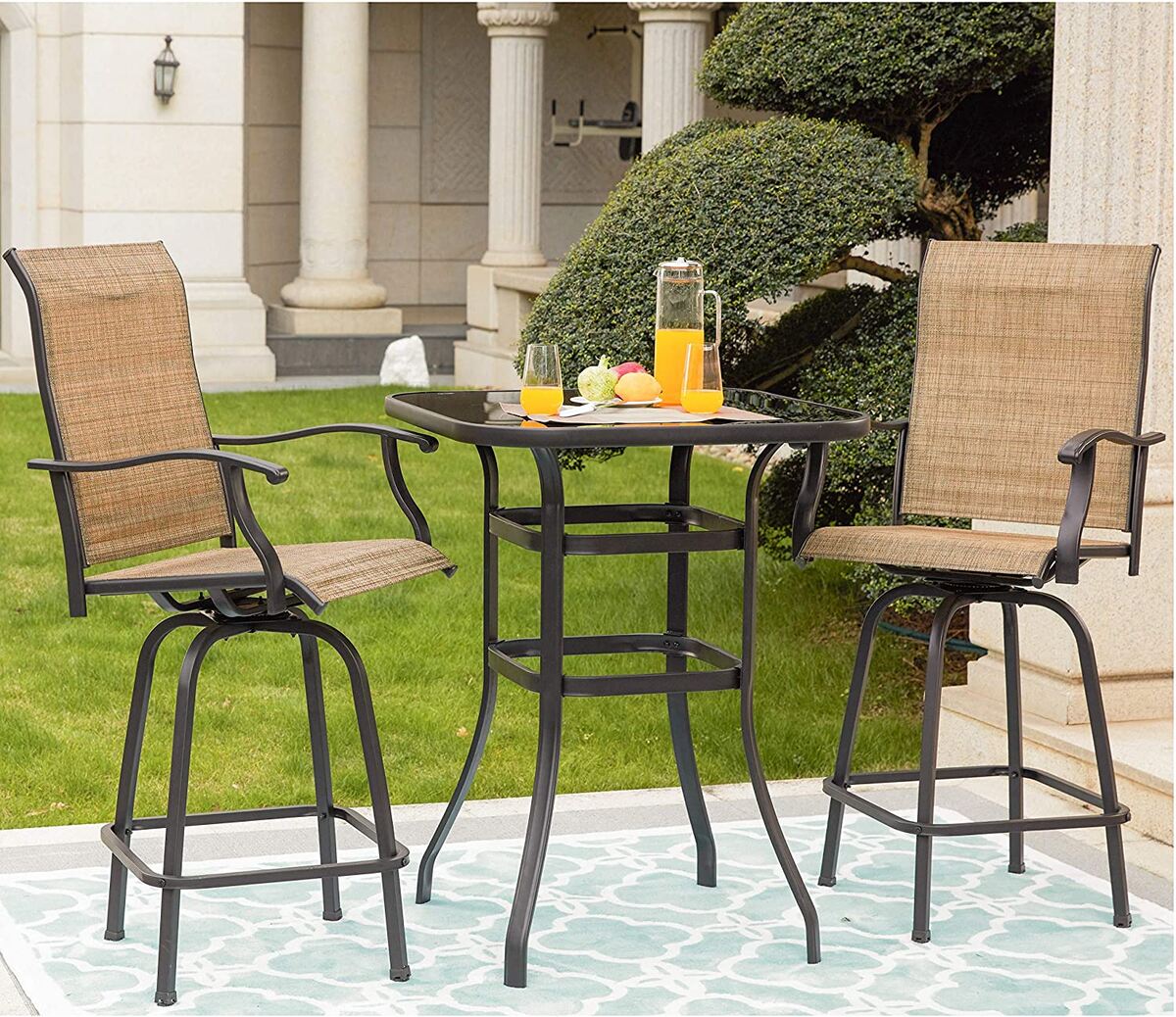


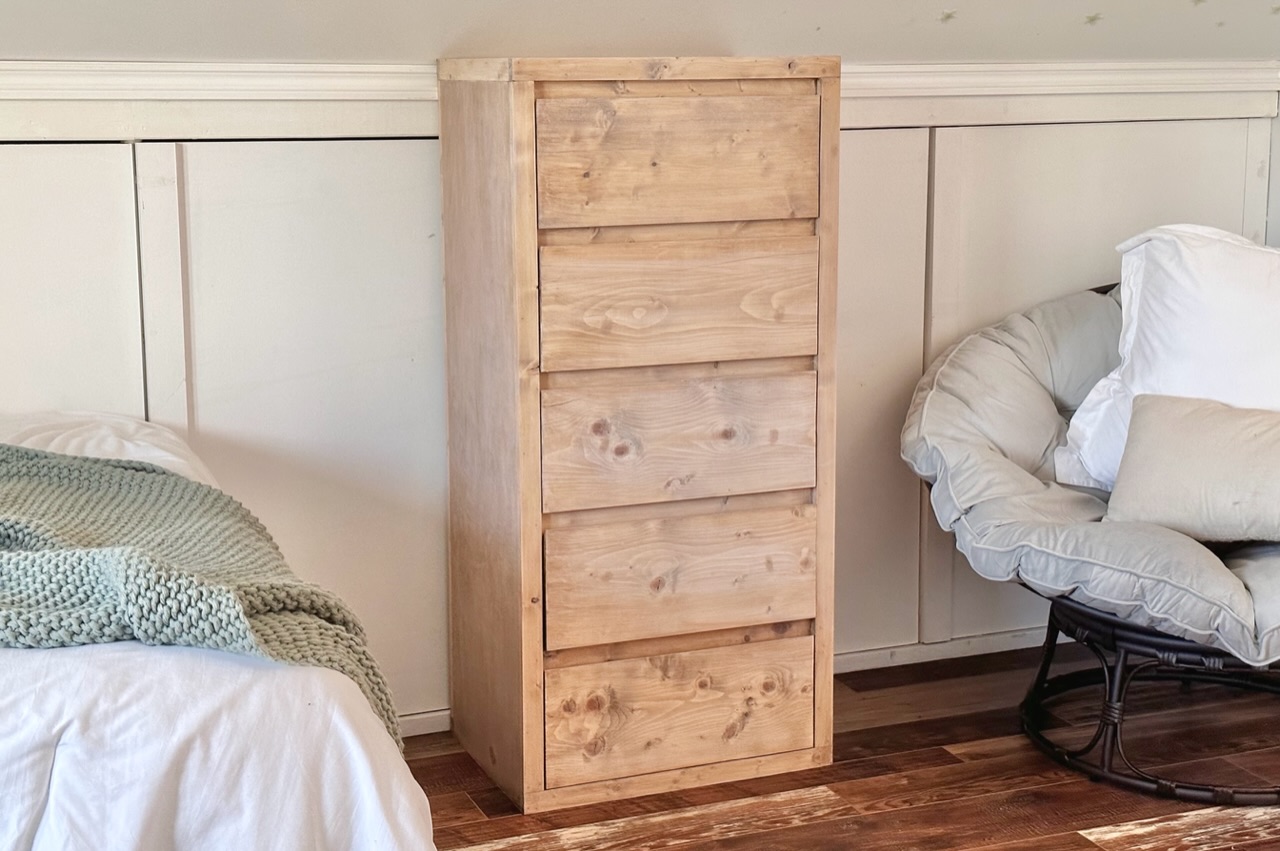
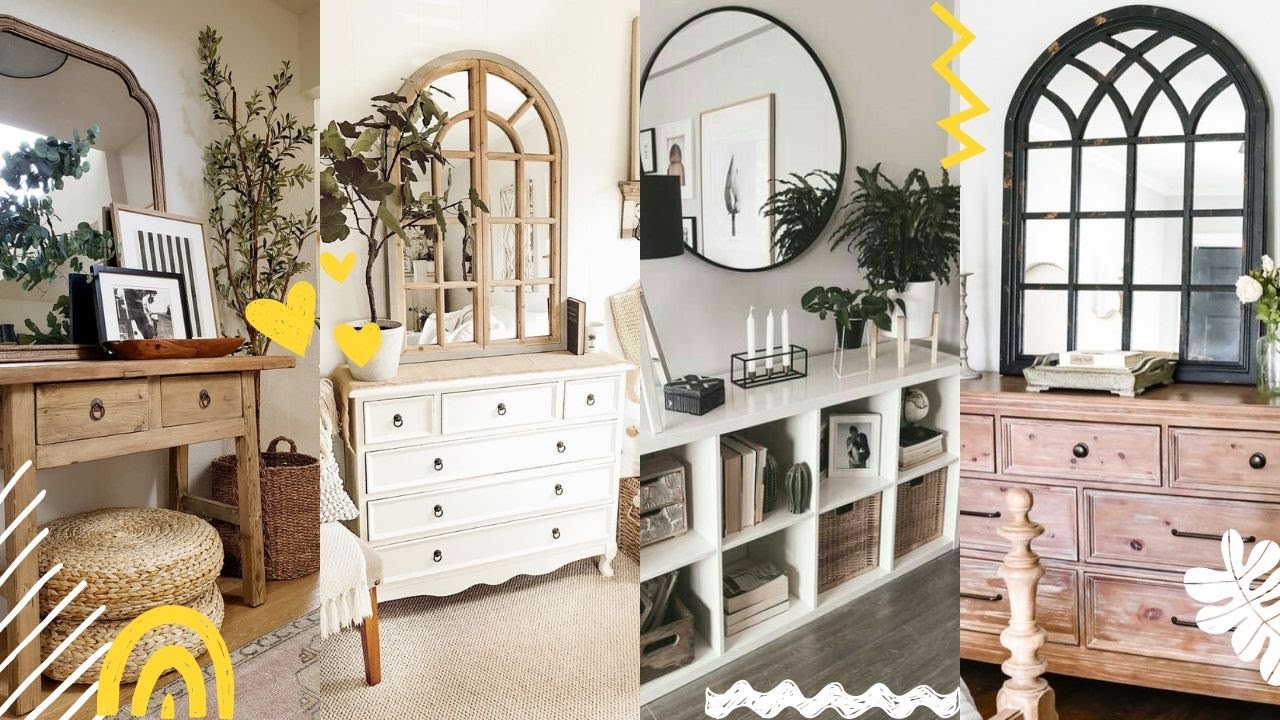
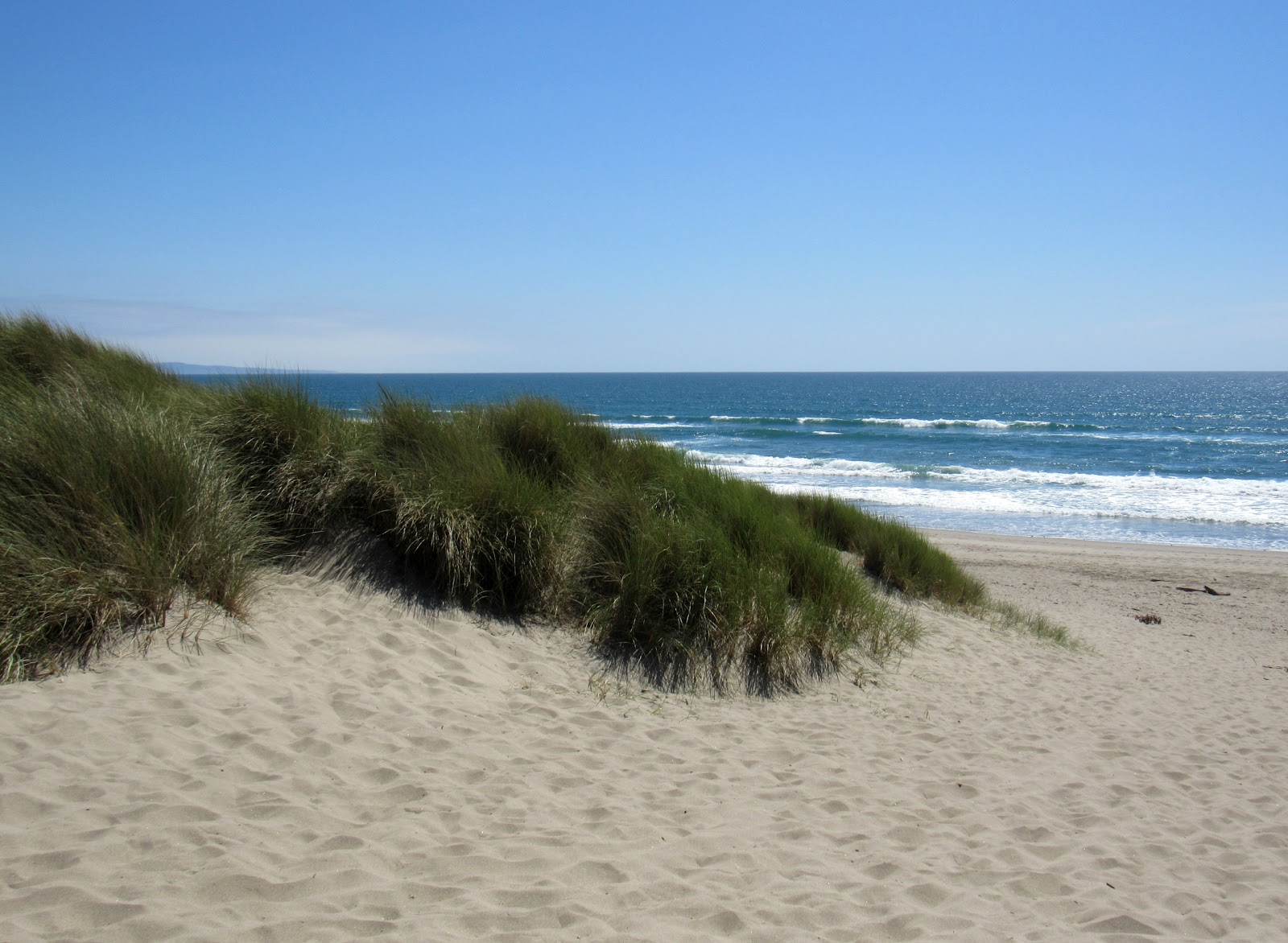

0 thoughts on “What Is An Inside Balcony Called”